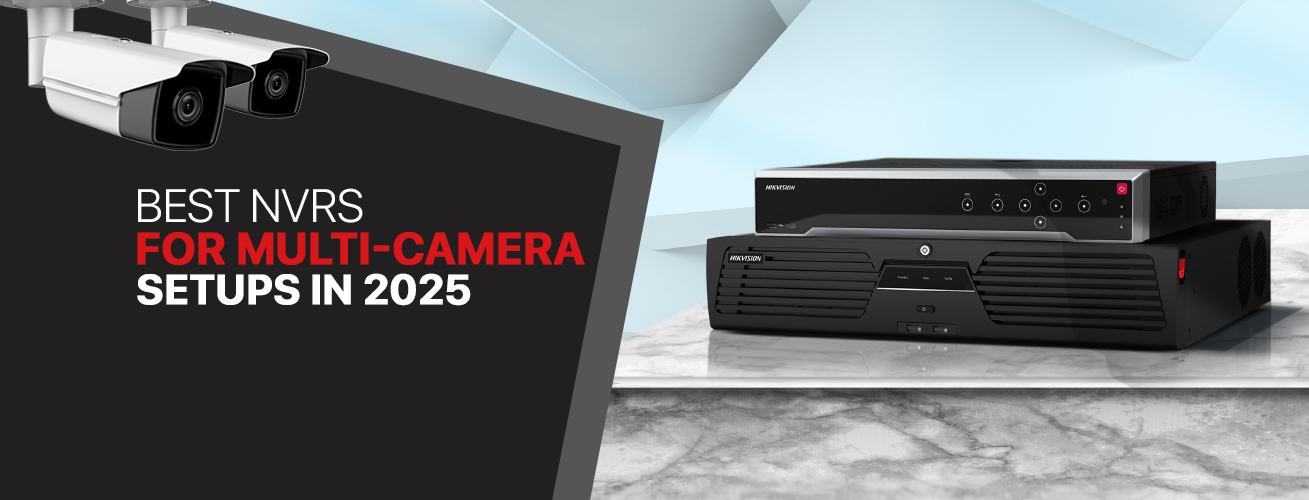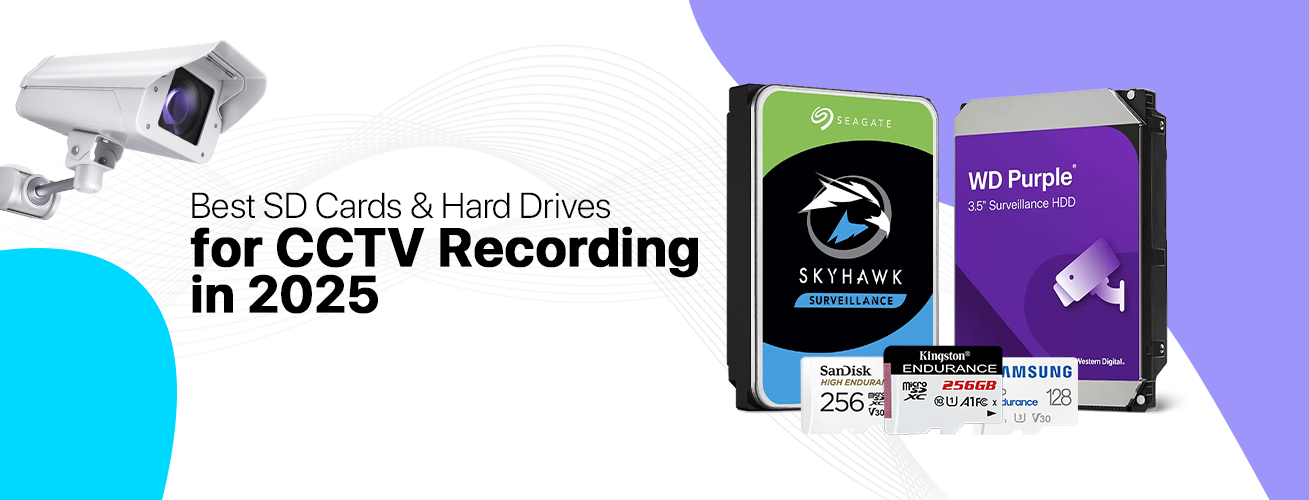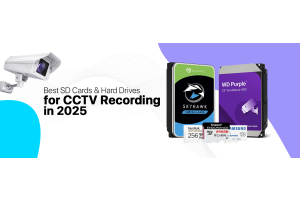Storage
- July 25, 2025

Network Video Recorders or NVRs are responsible for recording and storing footage from IP cameras, receiving captured videos over a WiFi- or Ethernet-based network. NVRs are the backbone of any video surveillance system thanks to their much-needed features and capabilities, including but not limited to high-resolution recording, remote accessibility, scalability, advanced video analytics, and data redundancy. However, one should clearly understand that NVR and DVR are two different types of surveillance storage solutions.
Digital Video Recorders, or DVRs, are designed for analog CCTV cameras. Unlike NVR, which stores footage at the camera, DVRs store footage at the recorder. DVR features a coaxial cable-based connection, contrary to Ethernet cables (Cat5/Cat6) or Wi-Fi-based connections of NVRs. The installation of a digital video recorder is quite complex, unlike the simple and straightforward installation supported by network recorders.
- July 22, 2025

There is no denying that storage has a critical role to play in any surveillance system, whether small-scale or enterprise-grade; it allows you to make sure that recorded footage remains secure, safely retained, and easily accessible. Succinctly speaking, storage solutions should be given utmost priority because, first, they allow secure retention and protection of video recordings; second, reliable storage enables you to handle continuous, heavy data write/read operations efficiently; third, it helps you secure your data by providing reliable backup in case of hardware failure.
Therefore, selecting a specialized and high-resolution storage tailored to your particular surveillance needs is critically important. Having said that, users often find it difficult to choose between an SD card and a hard drive to meet their storage needs. Understanding the pros and cons of both Hard Drives and







